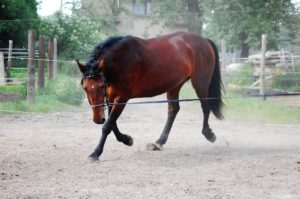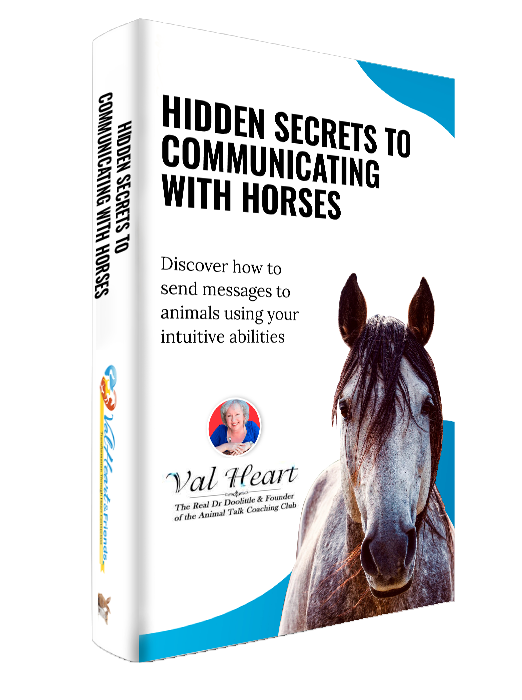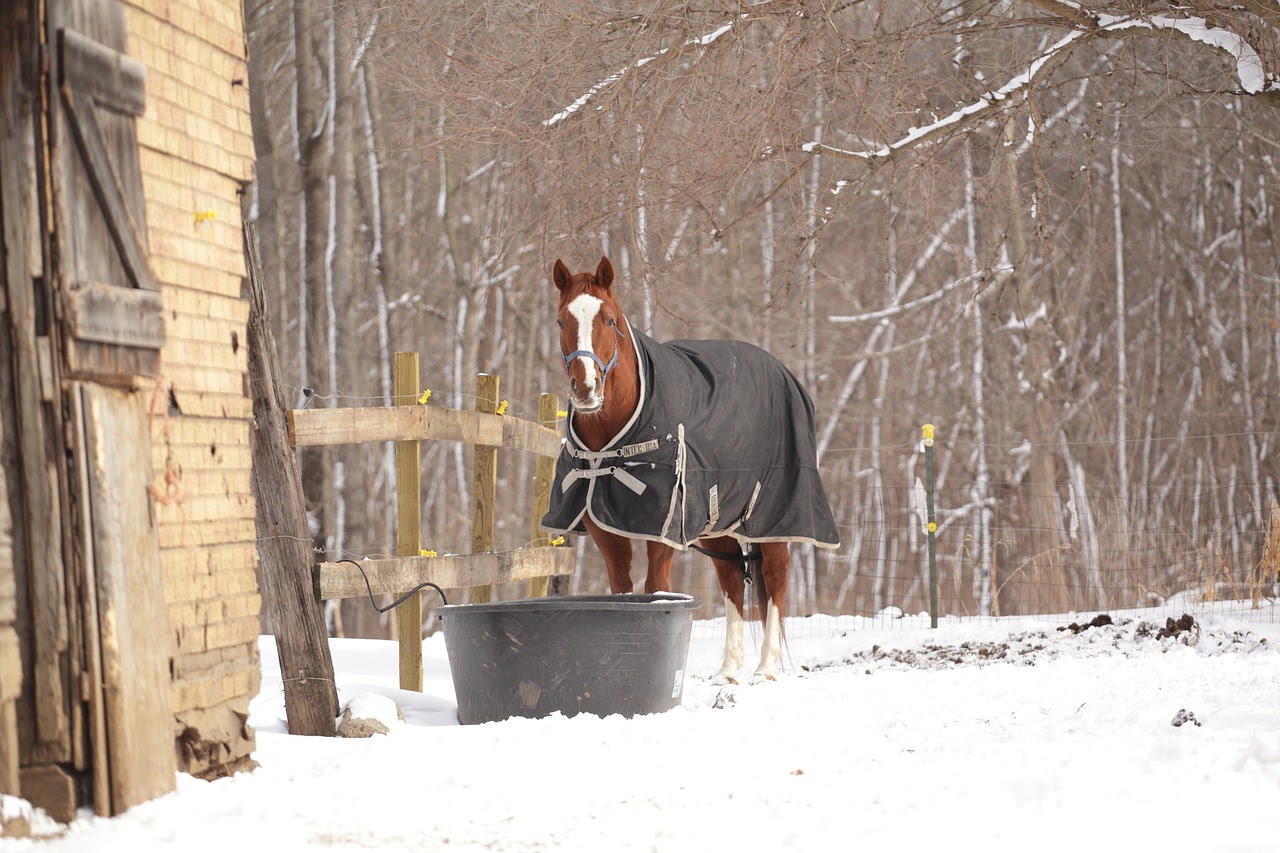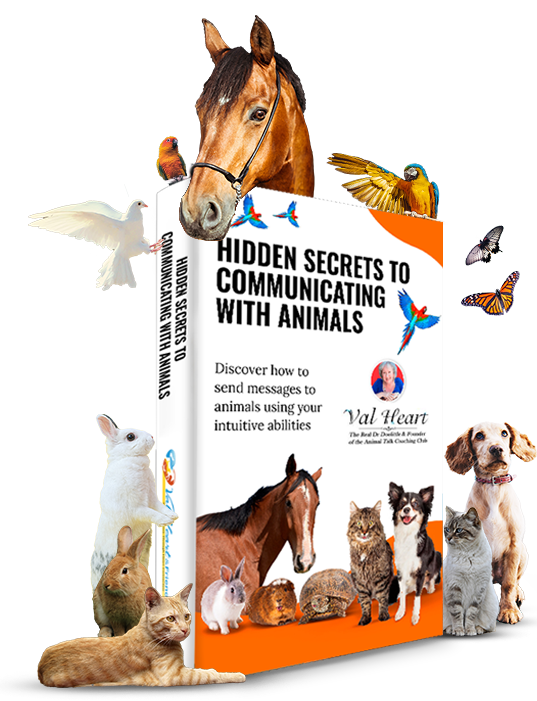Once upon a time there was a race horse named Moonglow…
This is part three of her story!
In Part One, I told you how Moonglow went from a super depressed, miserable two year old Appendix filly doing very badly in training, to a successful racehorse who loved the game and found a great deal of joy in racing.
In Part Two, you cried with me when Glow’s knee chipped and she had surgery which ended her racing career. Saving her from the auction block, she chose to become my horse and together we bravely began our new lives together.
After Glow and I discussed our new partnership, I started looking to find her a good place to live closer to me. Her former owners let me keep her at  their place until I was ready. Not having had a horse in my life since I was a teenager, and having no horse equipment whatsoever – we were starting from scratch — I had a LOT of preparing to do!
their place until I was ready. Not having had a horse in my life since I was a teenager, and having no horse equipment whatsoever – we were starting from scratch — I had a LOT of preparing to do!
All her training so far had consisted of basic simple things like being led on a halter, loading and riding in a trailer, and carrying a jockey in a tiny saddle as fast as she could around the race track. Because she was basically a wild young racehorse, and I was not accustomed to the art of safely handling excitable, temperamental horses, I decided to start by teaching her games.
Her former owners would just look at me skeptically like I’d grown a third ear, not understanding what I was doing or why. They often joked that if they left us alone for very long, that when they came back they were sure they’d find one or both of us had killed each other.
At least, I think it was a joke. Honestly, in retrospect? I think they worried about us, a lot.
Undaunted, I would go to visit my mare and new best friend. Excited to see me, she would whinny, calling out to me as I drove up. She’d head straight to the pasture gate from her spot with the herd. Then she would stand, perfectly still, patiently waiting for me as I figured out the logistics of the rope, halter and the specific game I wanted to play. It would sometimes take me so long to get ready that when I finally turned to get her, I’d find her quietly dozing by my side in the Texas heat, even without a halter.
Together we would discuss what game I wanted us to try, and why I thought playing it was important. She asked questions until she was clear what we were doing. Sometimes she would tell me the best stories about things that had happened to her in similar situations. It was awesome!
Our first games I took from the Linda Tellington-Jones TTouch exercises. I needed her to learn how to be calm and patient no matter what was going on around her. Anything can happen at any time, so our health and well-being depended on her expertise in coping well with all the various situations we might encounter. If she behaved badly, spooked or ran away with me (or ran over me!), then we were done and one of us would be badly injured. I needed her help to keep that from happening.
First, I explained to her that her new job was to keep me safe, and my job was to keep her safe, no matter what.
If I was on the ground or on her back, she had to watch out for me and take good care of me. To do that properly, we had to be in constant communication listening carefully to each other. She happily agreed, and away we went.

I setup obstacles for her, like the scary blue tarp on the ground, flapping in the wind. Walking over that wiggly squishy crinkly tarp took some bravery on her part, but eventually she couldn’t have cared less about it. Smugly she stomped all over it, looking at me knowing she’d conquered it, and then we celebrated!
Then there was the narrow elevated corridor to walk through and back into. I would ask her to stand while various objects touched her sides and loomed over her head. She didn’t like enclosed tight spaces, so it took some practice for her to stand patiently while I danced like a monkey around her.
The bicycle and umbrella games? Those were fun too. I wish you could have seen us, standing there with all these umbrellas all over the place. Giggling, I would hold one over her head, they’d roll around beside her on the ground, and even go under her belly touching her legs. She would look at me like I was so funny, saying “You can’t scare me! I’m a rock.”
Then there was the maze, a pattern of ground poles to walk through forwards and backwards. Helping her know and feel exactly where her body was at all times was helpful to a growing young horse. Maneuvering her at my direction through obstacles took a great deal of sensitivity, timing, communication and agreed upon cues to do right.
The pickup sticks star pattern of poles was good too, and it taught her how to manage objects that stuck up as high as her knees. She had to figure out how to carefully step into, over and through them safely, forwards and backwards. Wow! She was so smart, in no time at all she working it like a pro!
The “give me your head” game was a milestone in our training.
She’d always been very high headed, jerking her head out of my reach. She hated having her ears touched. I always had to struggle to put her halter on. I even resorted to climbing up on a stool to reach her. One day in exasperation I asked her why was she behaving that way. What she told me made me cry.
Twitching is a technique where the handler grabs her sensitive tender nose and cruelly twists it, or puts a tight punishing bar across it. Because the pain is so intense the horse can’t explode or move, they tremble in pain so focused on their screaming nose that they forget everything else. In this way, the horse become easier and less dangerous to handle in the moment. Glow told me horror stories, and she assured me that being twitched hurt like h*ll.
Impatient handlers had also twisted her ears. She said her nose and ears would hurt for days after being abused like that. I promised I would never to do that to her, ever, and I would hurt anyone else who tried to do that to her too.

At that point, she sighed and trustingly dropped her head into my arms. She held very still so I could put her halter on. And from then on, putting her halter or bridle on was never a problem.
There was the “please carry this for me” game too, which she excelled at even when I put a hat and a rope and a blanket draped over her head. She just looked at me patiently while I laughed hysterically at how funny she looked.
Then she reached out with her nose and nudged me, saying, “Enough already. Let’s go play a game that I want to do! Let’s find some good grass to eat!” And so we did.
Eventually I discovered a reasonably priced, fairly well run stable closer to me, and the BIG DAY came when it was time to start the next chapter in our lives. Something truly extraordinary happened the first day she was turned out in pasture with the new herd. The experience blew my mind and taught me an incredible new technique I still use today to change lives. I can’t wait to tell you about it!
And that’s a tale for another day…
Be sure to leave a comment below!
Ready to Learn how to talk to animals yourself?
Download my FREE Ebook Hidden Secrets to Communicating with Horses – just click on the picture below!
If you are a newbie, then I highly recommend starting with the Beginning Core Foundations Course.
The Advanced Animal Talk Mastery Course is awesome and includes many of my favorite, most powerful healing techniques along with many specific topics that every animal talk student needs to know how to deal with successfully.
Enjoy this article? Here are three more of my most popular articles about animal communication:
Pet Loss: We Love, Therefore We Grieve Losing Our Pets
Speaking to Animals Changed My Life: The Day a Horse Spoke to Me
5 Responsibilities For a Professional Animal Communicator







Leave a Reply